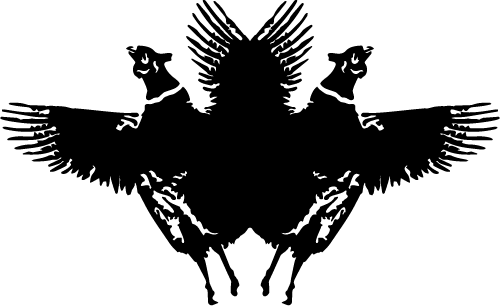
SILK THREAD SKIRTS
The “silk thread” (“selyemsikú” in Hungarian) skirts are mostly from around the time of World War I. By the 1930s, the time-consuming production of these skirts went out of favour, and completely stopped in the following decade.
These skirts are silk only in their colloquial name, which was given after its silky, shiny thread patterns, but are in fact usually made from wool or cotton. Originating mainly from the villages of the Palóc ethnic minority, these skirts are very distinct both in their pattern and construction. The motifs were always created in a set direction and width, and ran horizontally on the skirts. The meticulous hand-made pleating was then set with heat, which resulted in pleats that can never be ironed out completely, leaving a textural echo of the original creation in our REMADE garments a century later.
The production of these REMADE pieces parallel a similarly time-spanning experience: undoing the pleats on a single skirt can mean taking out 40-50 metres of threads, all while retracing the steps of the seamstress who sewed the skirt around 90 to 110 years ago.













